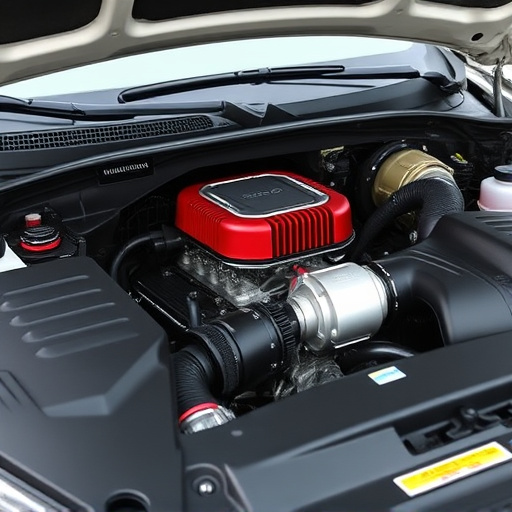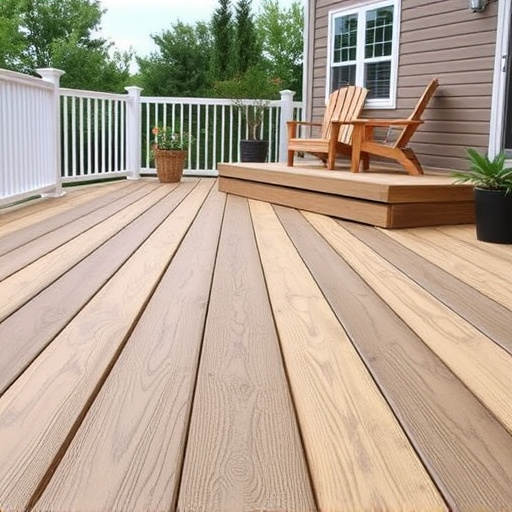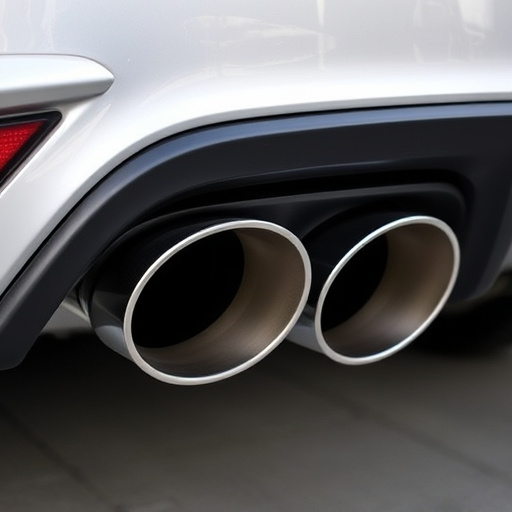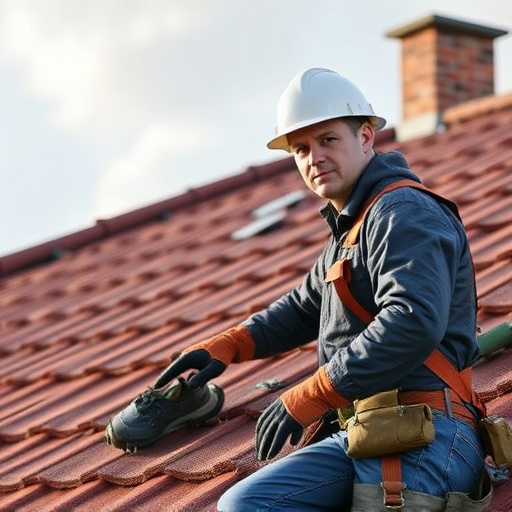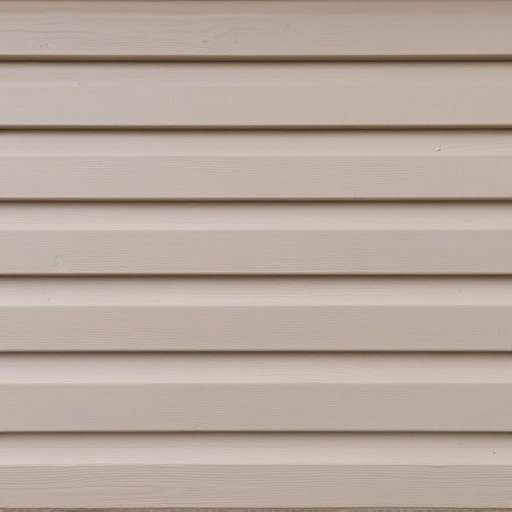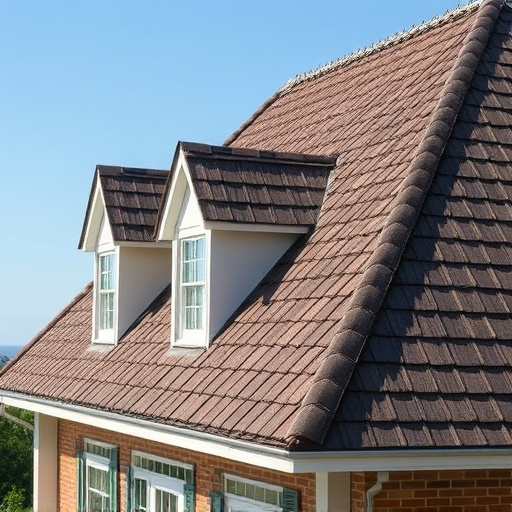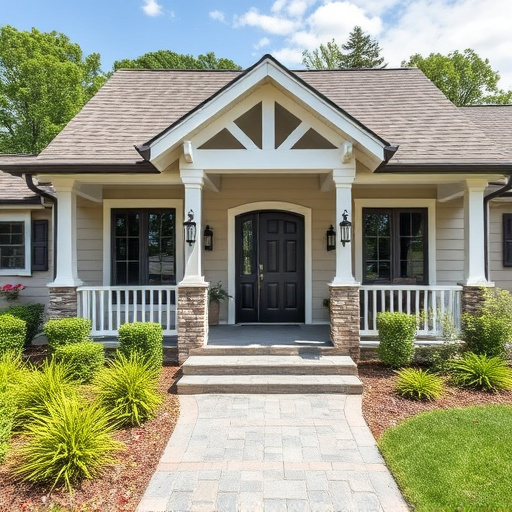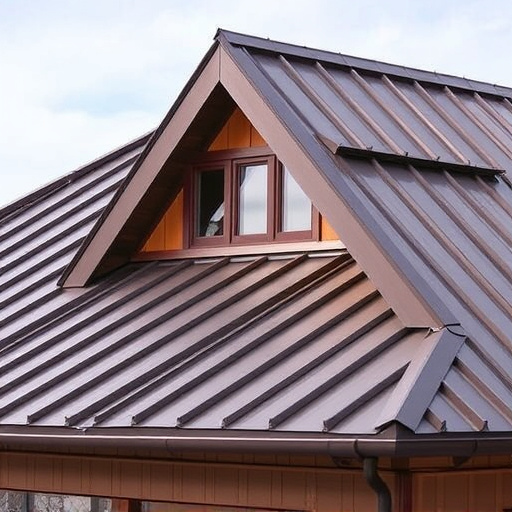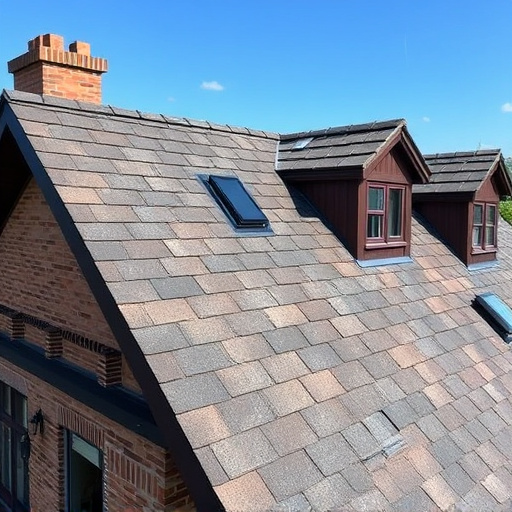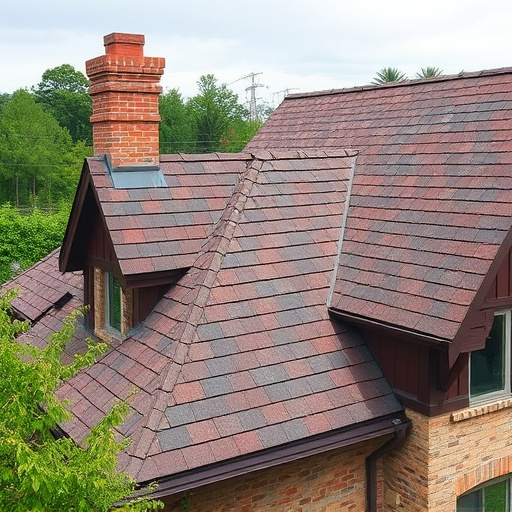Detached garages and outdoor structures face unique gutter repair challenges due to weather exposure. Regular inspections and prompt action prevent leaks and structural damage. Essential tools and materials include ladders, gloves, safety goggles, wire brushes, and new gutter components. A well-stocked toolkit streamlines repairs, ensuring structure integrity, safety, and aesthetic preservation. For extensive damage, professional services are recommended.
Keeping your detached garage and outdoor structures in top shape starts with addressing gutter repairs. Gutters, vital components that direct rainwater away from your property, often suffer damage from falling debris, aging, or neglect. Understanding common gutter issues specific to detached garages is the first step toward effective maintenance. This guide provides a comprehensive overview of gutter repair tools, materials, and step-by-step instructions to help you restore your outdoor structures, ensuring they stand strong against the elements.
- Understanding Gutter Damage in Detached Garages
- Tools and Materials for Effective Repair
- Step-by-Step Guide to Restoring Outdoor Structures
Understanding Gutter Damage in Detached Garages
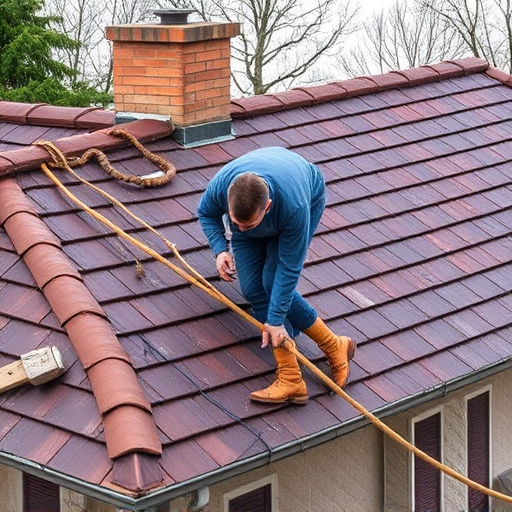
Detached garages and outdoor structures often face unique challenges when it comes to gutter repair, as they are more vulnerable to damage from extreme weather conditions like strong winds and heavy rainfall. Understanding the common types of gutter damage is essential for homeowners to identify issues early on. Over time, gutters can become bent, twisted, or disconnected due to high winds, especially if they are not properly secured or supported by robust brackets. Heavy rains can also cause overflows, leading to leaks and eventual structural damage to both the garage and the surrounding residential roofing and siding.
Regular inspections are crucial in mitigating these risks. Homeowners should look out for signs such as water stains on walls, ceilings, or floors, which could indicate a failing gutter system. Debris buildup, including leaves, twigs, and other debris, can block water flow, causing overflows and potential damage to the residential siding. Prompt action on these issues is vital to prevent further complications. Gutter repair should be seen as an investment in maintaining the overall integrity of these structures, ensuring they remain functional, safe, and protected from the elements.
Tools and Materials for Effective Repair
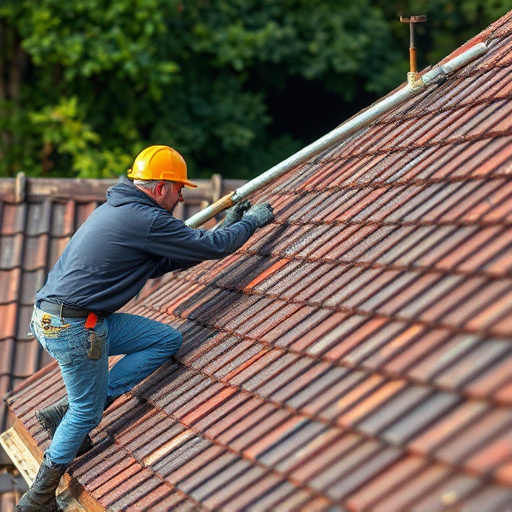
When tackling gutter repair for detached garages or outdoor structures, having the right tools and materials is paramount to achieving effective and lasting results. For most routine repairs, a few essential items will suffice. Start with a sturdy ladder to access the gutters safely. A pair of work gloves and safety goggles are crucial for protection against sharp edges and debris. A wire brush or power washer can help clear out any buildup or obstructions in the gutter system.
For more extensive repairs, especially following storm damage repair, you may need additional materials such as new downspouts, elbow joints, and hangers to secure the gutters and ensure proper drainage. In some cases, siding replacement might also be required if the damage extends beyond the gutters to the surrounding siding and roofline. Having a well-stocked toolkit tailored for gutter repair will streamline the process and help you tackle any issues efficiently.
Step-by-Step Guide to Restoring Outdoor Structures
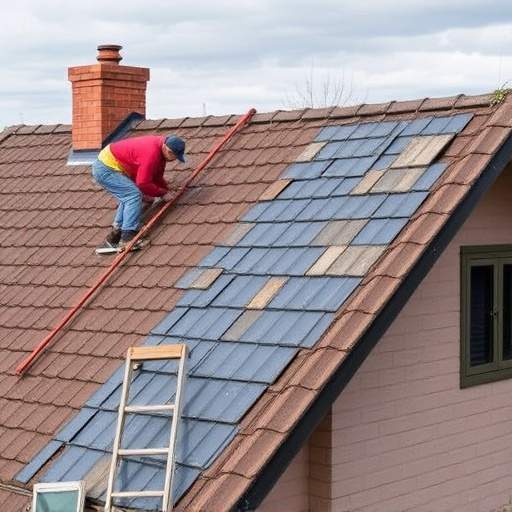
Restoring your detached garage or outdoor structure involves a meticulous process that begins with gutter repair. Here’s a step-by-step guide to help you get started:
1. Assess the Damage: The first step is to thoroughly inspect the structure for any signs of storm damage, leaks, or loose gutters. Identify areas requiring gutter repair, including damaged downspouts and sections that have become detached. Also, check for siding replacement needs as a result of weather-related issues.
2. Gather Materials and Tools: Based on your assessment, create a list of required materials such as new gutters, brackets, seals, and cleaning supplies. For more extensive repairs or commercial roofing projects, consider engaging professional services to ensure quality storm damage repair. Don’t forget safety gear, including gloves, goggles, and a sturdy ladder for reaching the structure’s upper sections.
3. Clean and Prepare: Before replacing or repairing gutters, clean the existing ones to remove debris, leaves, and other buildup. Ensure the area is dry and free from moisture to prevent further damage during installation.
4. Install New Gutters: Secure new gutters using appropriate hangers and brackets. Make sure they are level and properly aligned. Seal any joints and connections for a watertight seal. For larger structures or commercial spaces, consider stronger materials and more robust attachment methods to withstand extreme weather conditions.
5. Check Downspouts: Ensure downspouts are also in good condition and free from clogs. Clean them if necessary and adjust their placement as required.
6. Final Inspection: Once the gutters are installed, inspect the entire structure again to ensure all repairs have been addressed. Look for any leaks or remaining damage, especially if there was significant storm damage repair needed.
Gutter repair for detached garages and outdoor structures is a crucial task that ensures the longevity and integrity of these essential structures. By understanding the common causes of gutter damage, arming yourself with the right tools and materials, and following a systematic guide, you can effectively restore and maintain your outdoor spaces. Remember, prompt action on gutter repairs not only prevents further damage but also contributes to the overall health and aesthetic appeal of your property.


